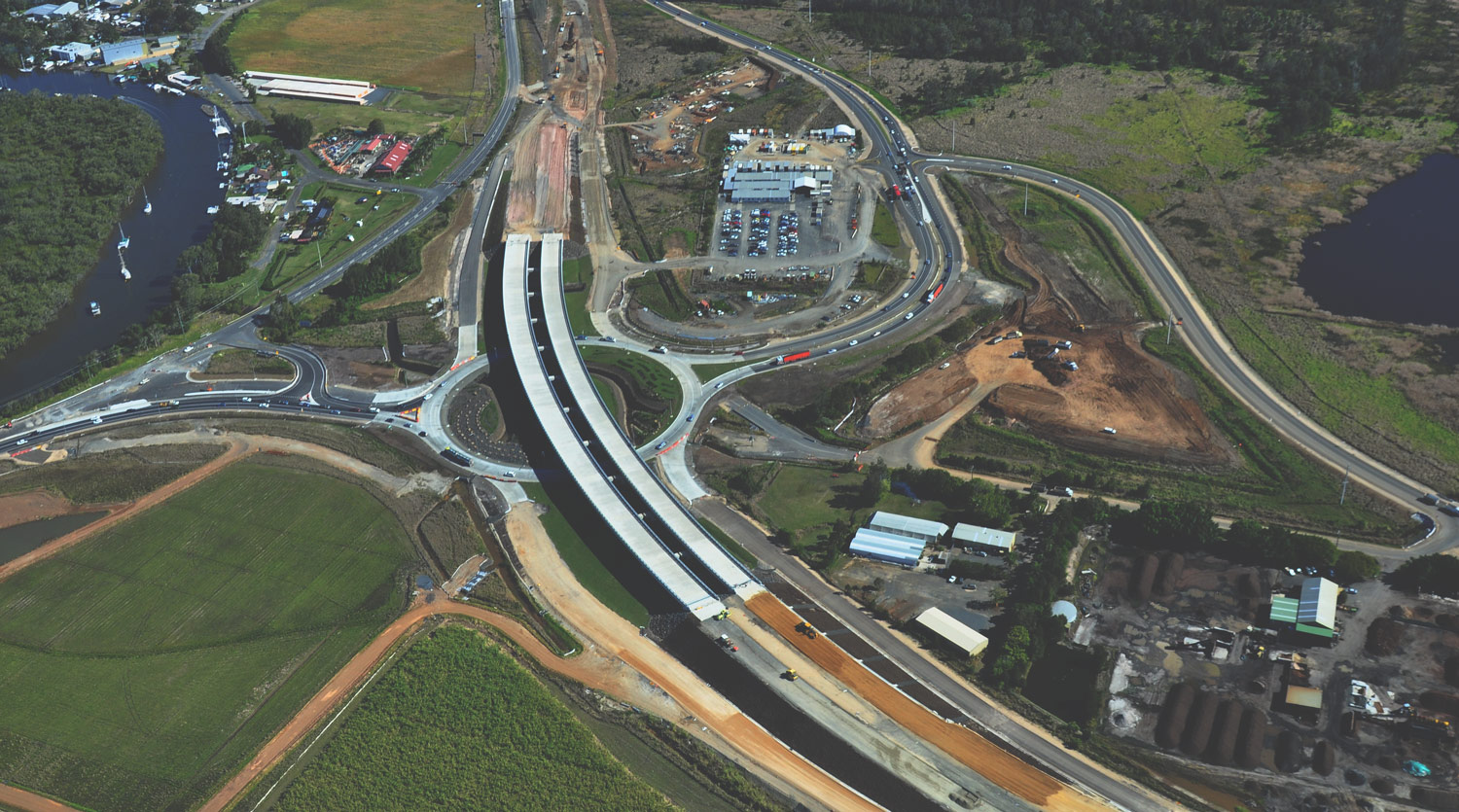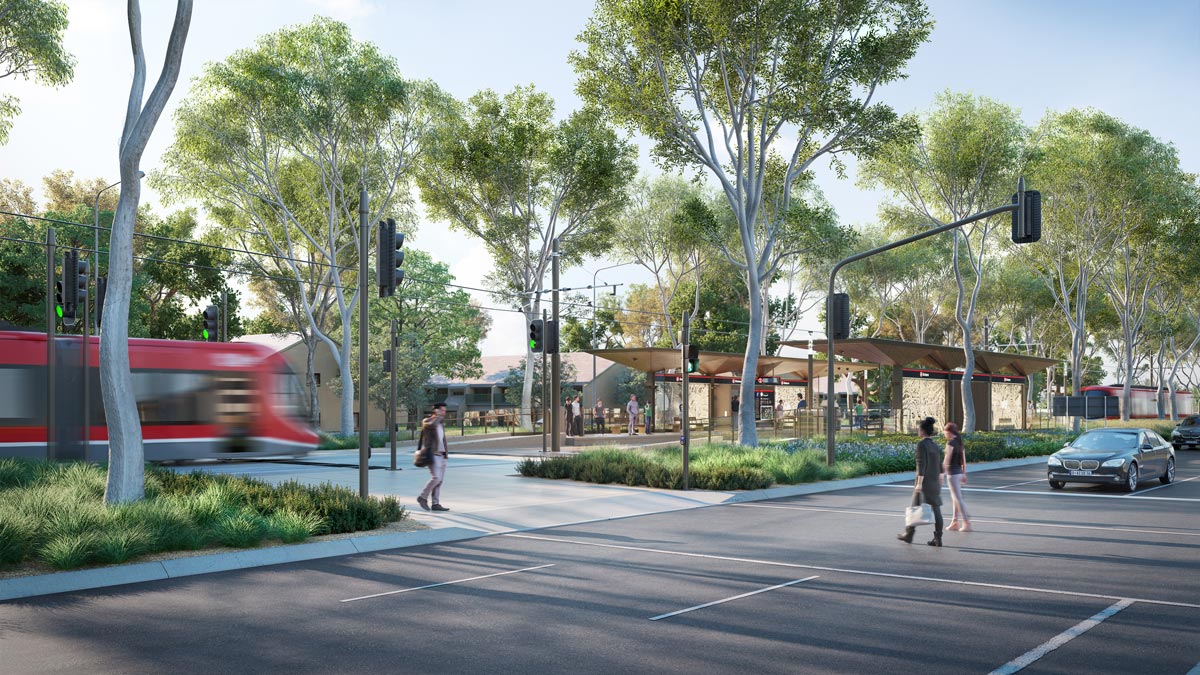
Today SMEC is at the forefront of technology, safety in design and innovation, thanks to our people’s resilience and drive for continuous improvement.
This drive shows no signs of slowing down, as the global trend toward rapid urbanisation and the changing behaviours of travellers spur innovation in the highways and road building industry.
By understanding these trends and evaluating their impact, we can shape a future where interconnected road networks are safer and more accessible, and better connected with each other and the broader transport network.
Much like the rest of our built environment, our road infrastructure should be sustainable, resilient, and efficient.
 A shift in how we use roads
A shift in how we use roads
We can expect transitional but ultimately dramatic changes in the way our roads are used and potentially monetised, with new ways of travelling in the form of Automated Vehicles (AV) and Electric Vehicles (EV), and the adoption of new Mobility as a Service (MaaS) accessibility models.
New York is the latest metropolitan centre to adopt a congestion charge, and Melbourne recently revealed its plans to potentially implement a congestion charge scheme as part of its ten-year road pricing strategy.
In line with continued urban growth, governments are considering a variety of schemes including congestion management and road pricing systems to manage increased pressure on the environment and our transport systems.
While these changes struggle for social and political acceptance now, this will inevitably shift as more AVs and EVs join our networks and the adoption of MaaS grows to a critical saturation point. Another driver of change is a technology that allows vehicles to communicate more freely both with each other and the world around them.
Continued urbanisation and more connected infrastructure
Growing urbanisation is fueling the need for better-connected infrastructure, which can transform regional connectivity and our quality of life.
An example is SMEC’s recent work on TransformingSEQ, a proposal that targeted, among other areas, a 45-minute connected region and 30-minute connected Brisbane CBD to provide an improved travel and lifestyle framework for South East Queensland.
The challenge facing our industry is how to model travel and decision-making patterns in a future with more transport and mobility choices, against a backdrop of changing community expectations.
Faster and more efficient public mass rapid transit (MRT) will form a strong regional backbone of public transport. But there is also an increasingly broad range of transport choices, for example walking, cycling or ride-sharing, that could offer benefits beyond the traditional commuter options.
To this end, it’s essential that we leverage technology transformation and the potential benefits of connected and autonomous vehicles to ensure we are investing in infrastructure that is sustainable, resilient, and future-ready.
Related
insights
 Building more climate-resilient infrastructure on soft soils
Building more climate-resilient infrastructure on soft soils
SMEC’s Dr Richard Kelly, Chief Technical Principal – Geotechnical Engineering, has contributed to industry-leading research and innovation in the field of soft soil engineering.
 Energising a nation’s capital: Canberra Light Rail
Energising a nation’s capital: Canberra Light Rail
It was an exciting Saturday in April 2019 as the Canberra Light Rail, after more than a decade in planning and construction, opened its doors to the public. It’s the first light rail system for Australia’s capital and a key element of the Australian Capital Territory (ACT)’s Government’s Canberra Plan, a strategic guide to the city’s future growth.





